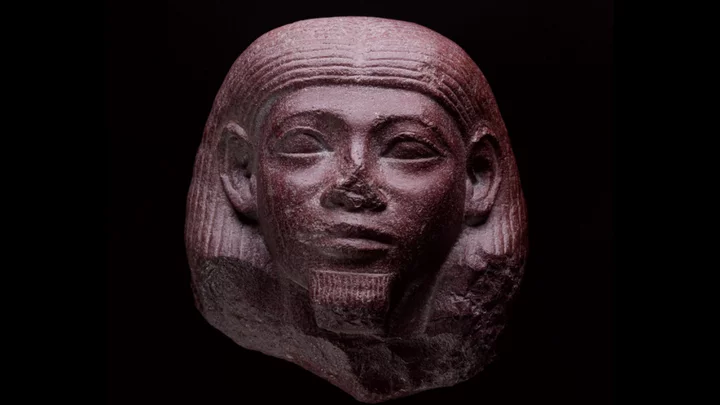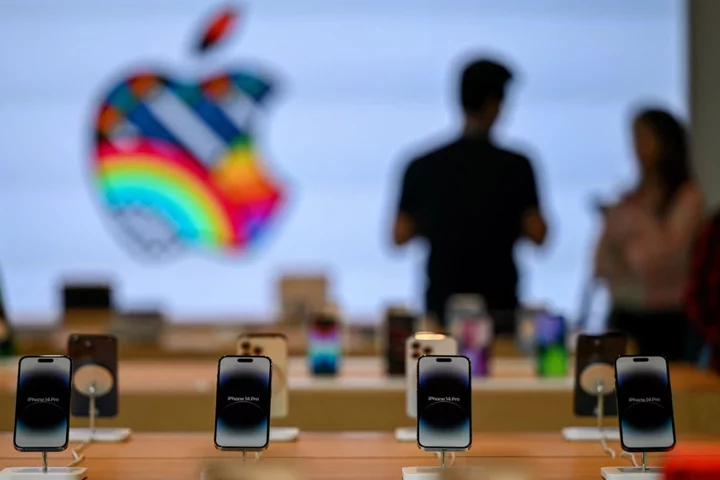
How to predict your 2023 Spotify Wrapped
It's almost that time of year again, when we see how many hours we've shamelessly spent listening to mortifying music and just playing Taylor Swift on loop. Yes, Spotify Wrapped is almost here again and soon you social media feeds will be full of people either showing you how cool by how much Senegalese lounge Jazz they listen to or embarrassed that they still haven't moved on from The Libertines or The Strokes. Each and every year, even for the most dedicated of music lovers, Spotify Wrapped throws up countless surprises in your top artists and songs leading many to question just how it tallies what you listen to. With the big day somewhere on the horizon (it arrived on November 30 in 2022 and December 1 in 2021) music nerds are curious to know what their Wrapped will look like for 2023. Spotify have never officially said how they compile their data for Wrapped but a Reddit user in 2021 revealed how they believed it works. In the post Hudsonlovestech pointed out six key takeaways that they discovered after downloading their data from the music platform. They were: This year the data was logged from January 1st 00:00 to November 15th 23:59. You have to listen to a song for more than 30 seconds for it to count in your song rankings. Your top songs are calculated by play count rather than total time listened. In your top 100 playlist only the first 10 songs are sorted by play count, the rest are close but sorted by artist. Your total time listening includes podcasts. Your top artists are calculated by total play counts rather than total time listening. If you apply this date to your own listening history then there is a chance you might discover what your Wrapped will look like this year although there is no guarantee. Meanwhile, many users on X/Twitter are posting memes, imagining what their Wrapped will look like this year. To be honest, we're just dreading seeing how much we listened to Ryan Gosling sing 'I'm Just Ken' from the Barbie soundtrack. Sign up to our free indy100 weekly newsletter Have your say in our news democracy. Click the upvote icon at the top of the page to help raise this article through the indy100 rankings.
2023-11-29 03:21

Fortnite Ranks in Order: Ranked System Explained
The Fortnite Ranked system consists of eight ranks, from Bronze to Unreal, that players can progress through in both Battle Royale and Zero Build.
2023-11-29 03:18

How a Scottish boy digging for potatoes found an ancient Egyptian 'masterpiece'
For decades, archaeologists have been trying to work out how a trove of ancient Egyptian artefacts were buried in the grounds of a school in Scotland. In 1952, a schoolboy was sent to dig up potatoes as a punishment – how times have changed – when he found a statue. It turned out to be a masterpiece made some 4,000 years ago. Fourteen years later, more treasure was discovered by a boy during a PE class, before, in 1984, a group found another item with a metal detector. It turned out to be part of a set of 18 antiquities dug up over the next 30 years at Melville House, a historic building in Fife, Scotland. But nobody had any idea how they got there. Now, researchers think they might have unearthed what was going on. Alexander Lesie-Melville was a young heir to Melville House when he travelled to Egypt in 1856. A year later, he had returned to Scotland and died. Leslie-Melville might have picked up the collection on his travels – it certainly beats the Duty Free section at Heathrow – as antique dealers routinely sold ancient artefacts to rich foreigners during that period. After Leslie-Melville died, family members are thought to have moved the objects to an outbuilding, where they were promptly forgotten about. The outbuilding was then demolished. Margaret Maitland, principal curator of the Ancient Mediterranean at National Museums Scotland where most of the objects are housed, said: “The discovery of ancient Egyptian artifacts that had been buried in Scotland for over a hundred years is evidence of the scale of 19th century antiquities collecting and its complex history.” “It was an exciting challenge to research and identify such a diverse range of artefacts.” Dr Elizabeth Goring, who has since investigated the site, said: “Excavating and researching these finds at Melville House has been the most unusual project in my archaeological career, and I’m delighted to now be telling the story in full." The full story will be published in an upcoming article in the journal Proceedings of the Society of Antiquaries of Scotland. How to join the indy100's free WhatsApp channel Sign up to our free indy100 weekly newsletter Have your say in our news democracy. Click the upvote icon at the top of the page to help raise this article through the indy100 rankings.
2023-11-29 02:25

Fortnite Chapter 5 Release Date and Time for Every Region
Here's the Fortnite Chapter 5 release date and time for every region as the major update is set to go live on Sunday, Dec. 3 at 6 a.m. ET.
2023-11-29 02:23

How to Download Lethal Company
Here's how to download one of the most popular Steam games.
2023-11-29 02:22

Predicting Eminem's Fortnite Concert Setlist
Check out our predicted Eminem Fortnite concert setlist, including songs like Lose Yourself, Not Afraid, Monsters, and more.
2023-11-29 02:17

Poland's CD Projekt posts 105% third-quarter profit jump
GDANSK Poland's biggest video game developer CD Projekt's third-quarter net profit jumped 105% year on year, it said
2023-11-29 00:55

Police spread baseless panic with warning over new iPhone feature
Police across the US have sent out privacy warnings over a new iPhone feature added in the latest Apple update. But the tool – called NameDrop – is a simple way of sharing personal information with consent, and includes a number of protections to ensure that data is not stolen. In a host of warnings from law enforcement, shared largely across Facebook, police departments warn about a possible “privacy” concern from the NameDrop feature, which arrived in iOS 17. The warning was shared by a range of different law enforcement authorities on Facebook, right across the country. It appears to have caught on over the Thanksgiving weekend. It notes that the feature defaults to being on, which is true. But it also suggests that “many people do not check their settings and realise how their phone works” and suggest there is something dangerous about the fact that you can “share your contact information by being next to another iPhone”. As such, it warns that people should turn the feature off by default and do the same for their children. It is true that the feature allows two devices to share contact information when they are next to each other. But they must be right next to each other, rather than simply close – and that is just one of a range of protections built into the feature. Chief among them is that users must specifically unlock their phone and also explicitly opt in to share their data with anyone, rather than it being able to send information on its own. NameDrop was introduced earlier this summer, as part of a number of changes to the way that contacts and sharing work in iOS 17. It is intended to make it easy to quickly share details with someone just by putting your phones near each other, and in so doing avoid having to read out numbers or other more complicated processes. It is used by simply placing two iPhones, two Apple Watches or a combination of the two together. If the devices are unlocked, and then placed within a few centimetres of each other, they will vibrate and glow to the show that the connection is happening. Users are then given the option of what contact information they want to share, as well as what they want to leave out. That gives the option to share only a work number, for instance, or only an email address – or one user can opt out of sharing any data at all, and just receive it. Users then click again to share their details. It can also be cancelled at any time by just swiping from the bottom of the display. NameDrop can be turned off relatively easily if there any concern. That is done by opening the Settings app, clicking on “General” then “AirDrop” and choose the “Start Sharing By” option, where you can turn off the setting to do so by “Bringing Devices Together”. Read More Why Apple is working hard to break into its own iPhones Disney, Apple suspend ads on Musk’s X after he agrees with antisemitic tweet Apple to adopt system to improve texting between iPhones and Android devices
2023-11-29 00:24

League of Legends Patch 13.24 Preview: All Champion Buffs and Nerfs
League of Legends Patch 13.24 preview is here detailing which champions are slated for buffs and nerfs in the final patch of Season 2023.
2023-11-29 00:22

Major Gas Mask Change Coming to Warzone with Urzikstan
Fans can now manually equip or unequip their Gas Mask in Call of Duty: Warzone once Urzikstan goes live on Wednesday, Dec. 6.
2023-11-28 23:59

Micron expects first-quarter gross margin to approach breakeven
(Reuters) -Memory chipmaker Micron Technology said on Tuesday it expects its first-quarter adjusted gross margin to approach breakeven due to
2023-11-28 22:26

US Cyber Monday sales hit record $12.4 billion on big discounts - report
(Reuters) -Deep discounts on everything from beauty products and toys to electronics have enticed U.S. shoppers to splurge on Christmas
2023-11-28 21:57
